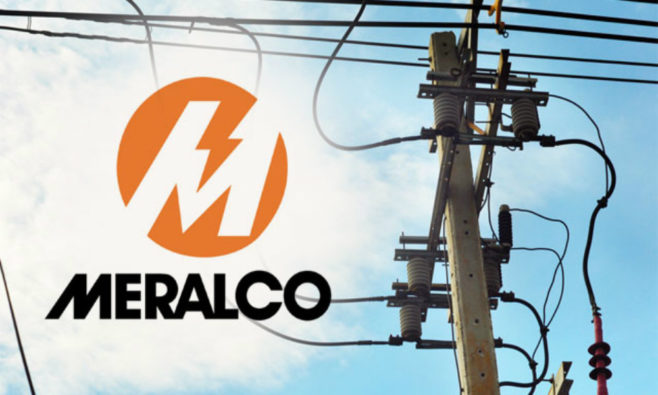As its parent firm, Manila Electric Company (Meralco) will be rolling out up to P70 billion worth of capital spending for projects that will chiefly reinforce its distribution network and other ventures it will be engaging in at the utility segment of the business, according to company president and chief executive officer Oscar S. Reyes.
He noted that the next batch of capital expenditures will be for its next regulatory reset in 2019 to 2023; with him emphasizing that average capital outlay on a two-year period is estimated at P35 billion.
“If you extrapolate, that will be P70 billion for four years,” Reyes said, although he emphasized that the capital needs of their distribution network will depend on eventual load growth being served by their system.
That level of spending is almost parallel to the P73 billion that the company had budgeted over regulatory years July 2015 to June, 2019.
The next round of investments will go along with the 50-year corporate life extension (starting May 7, 2019) that the company has approved on its annual stockholders meeting on Tuesday (May 29).
Meralco chairman Manuel V. Pangilinan said the extended corporate life has yet to be filed with the Securities and Exchange Commission (SEC) and subject to the approval of the company’s stockholders.
On the power generation front, Meralco and its power generation subsidiary are eyeing several brownfield and greenfield assets – including possible buy into the 50-percent thermal capacity of the Ayala group.
When asked on that particular prospect, Pangilinan indicated that the company’s interest is “ocean deep”, but he has not elaborated as to which numbers they have been looking at.
Meralco PowerGen President and CEO Rogelio L. Singson further asserted that he had already seen the numbers, but he cannot further comment “because we have non-disclosure agreement.”
Singson has been more forthright though on the company’s targeted investments on the solar space – to the tune of 500 to 600 megawatts of capacity into years 2021-2022. “In the next 3 to 4 years at least 500 to 600MW (of solar). It should be at least 20 to 30-percent of the portfolio of MGen,” he stressed.
Given the intermittent nature of solar, the MGen chief executive further noted that battery storage will be the ‘coupling technology’ that they shall be leaning on – primarily the prospective partnership deal they have been pursuing with Japanese multinational conglomerate Hitachi Ltd.
“We’re hoping that battery will come into play within the next five years. We’re seriously looking at development in battery,” Singson asserted.
At this stage though, he emphasized that the “cost proposition” for battery is still comparatively expensive and the capacities still at relatively smaller magnitude. “It is still in the development stage as far as battery is concerned. They’re still very small capacities, the biggest being in the order of just 2.0 megawatts,” he said.
M. Velasco, mb.com.ph








